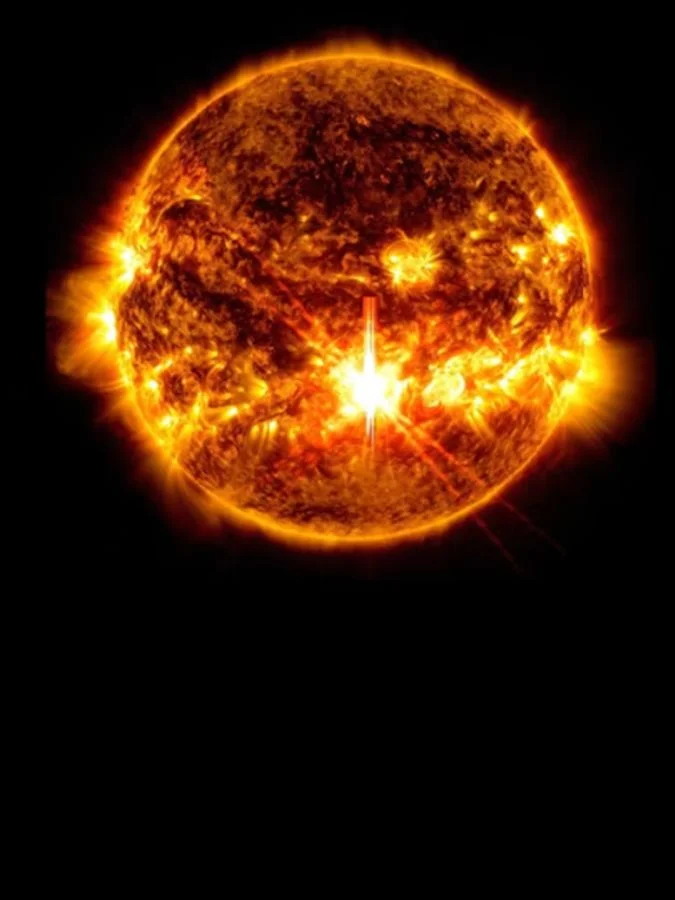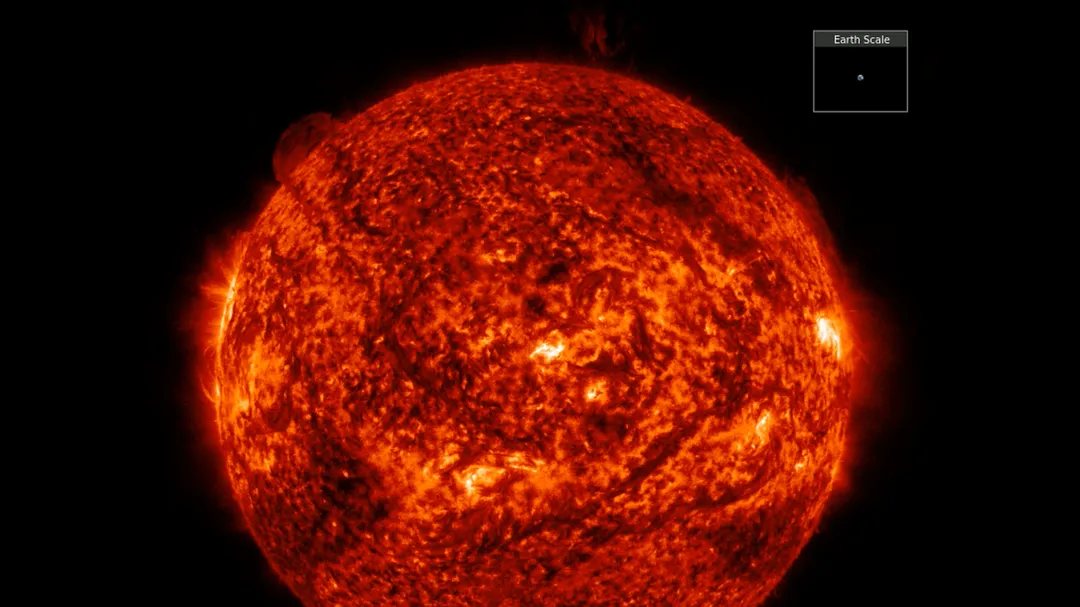
Sun Unleashes Massive Solar Flares: A Close Call for Earth?
The sun has been putting on quite a show lately, unleashing several significant solar flares and eruptions that scientists are closely monitoring. While these events are visually stunning, they also serve as a reminder of the sun's immense power and its potential impact on our planet. Let's delve into the recent solar activity and what it means for Earth.
On May 12-13, a massive solar filament erupted in a dramatic fashion, sending a surge of material across the sun's northern hemisphere. According to aurora chaser Vincent Ledvina, this "bird-wing" or "angel-wing" event spanned nearly 600,000 miles, more than twice the distance between Earth and the moon! 
Jure Atanackov, another aurora chaser, described it as an "absolutely enormous filament erupting right now! It dwarfs all the filament eruptions we have seen recently." This particular eruption did trigger a coronal mass ejection (CME), a burst of plasma and magnetic field into space. Fortunately, preliminary models suggest this CME is unlikely to hit Earth directly.
Just days prior, on May 7, another significant solar filament eruption occurred. NOAA's GOES-19 spacecraft captured this event in high-resolution images, revealing the Sun's dynamic nature. While this eruption was also directed away from Earth, it highlighted the constant solar activity influencing space weather.
What exactly are these solar filaments? They are long, dark ribbons of solar plasma suspended by magnetic fields. They appear darker and denser than their surroundings. When these filaments erupt, they can -- but don't always -- lead to CMEs. A direct hit from a large CME could create a high-end G4 storm or even a G5 storm.
While the recent events have been near misses, they serve as a crucial reminder of the potential impact of solar activity. CMEs directed at Earth can cause geomagnetic storms. These storms can disrupt satellite communications, GPS systems, and even power grids. However, they also create the stunning auroras visible at high latitudes.
Currently, the UK Met Office is closely monitoring solar activity due to several factors including a weakening high-speed solar wind stream and potential glancing blows from previous CMEs. This could lead to minor geomagnetic storms (G1 conditions) and visible auroras in regions like Canada, Alaska, and Scandinavia.
The sun's activity is a constant reminder of the dynamic nature of our solar system. While we've been fortunate to avoid direct hits from recent solar eruptions, continuous monitoring and research are crucial to understanding and preparing for future events. What do you think is the biggest threat from solar activity, and how prepared are we?
Share your thoughts and opinions in the comments below!